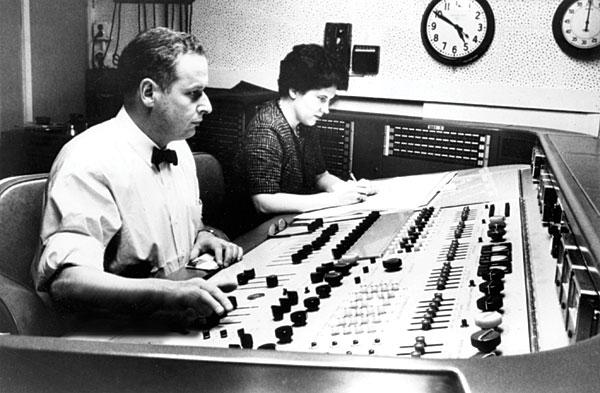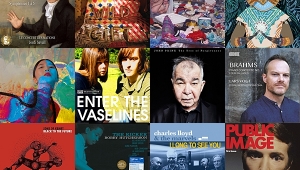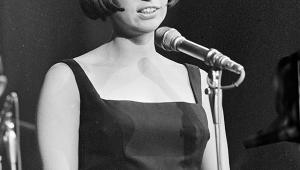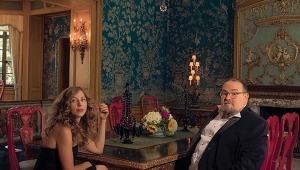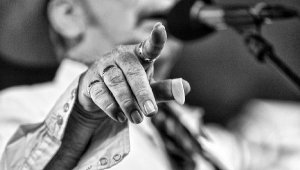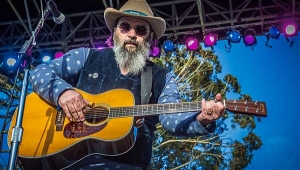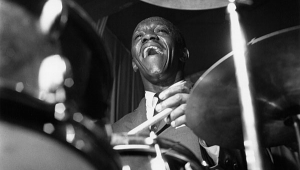| Columns Retired Columns & Blogs |
The real treasures to go for are the SACD releases ... especially those made from original master tape direct to pure DSD. [ The 35mm film recordings are also superb, but not quite as clean, and proceed to SACD via hi-rez PCM. ]
The Starker Bach SACD (stereo) is one of my top 5 discs - it has unbelievable warmth and clarity, and by contrast, the CD layer on the same disc is comparatively drab.
